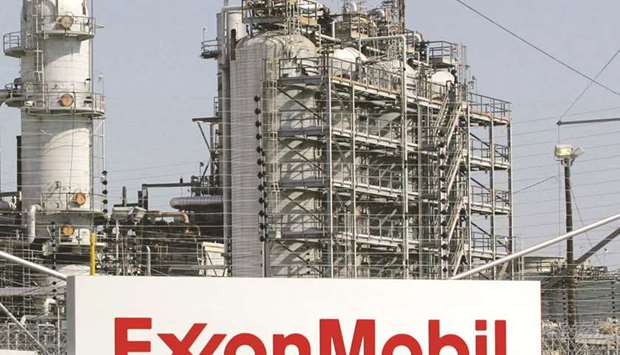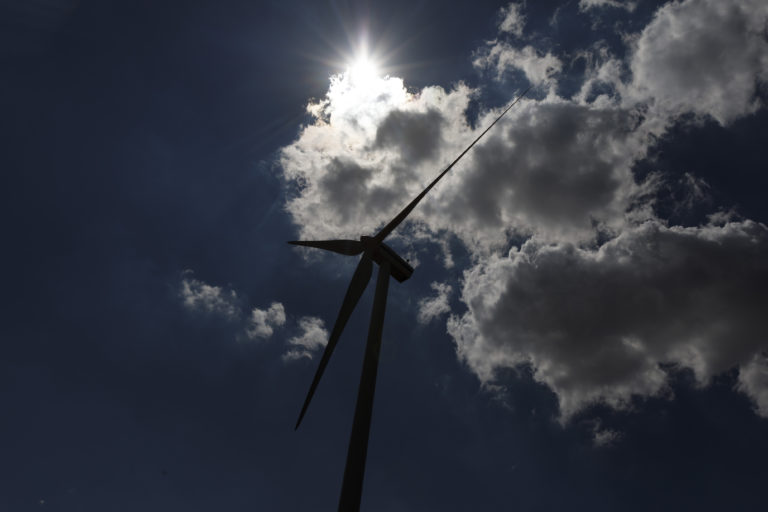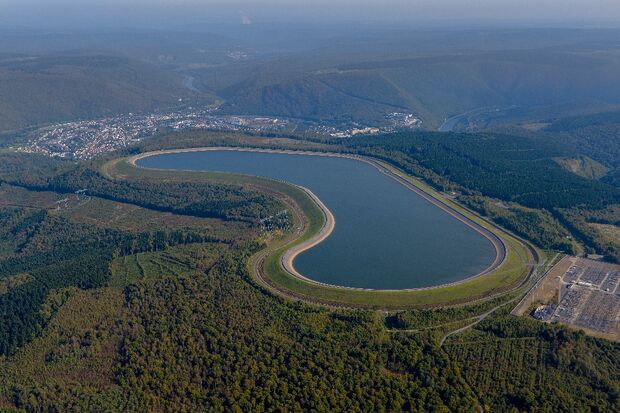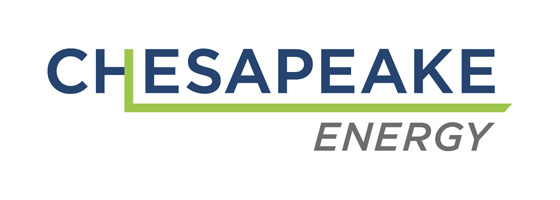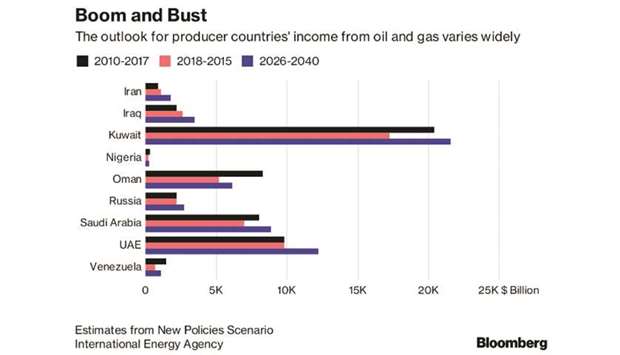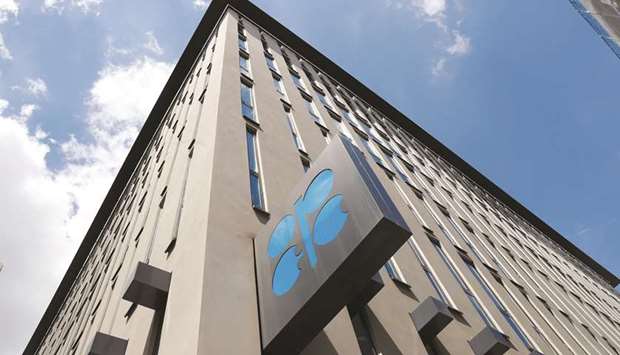Ten EU countries call for clear debt-restructuring option in EU rules
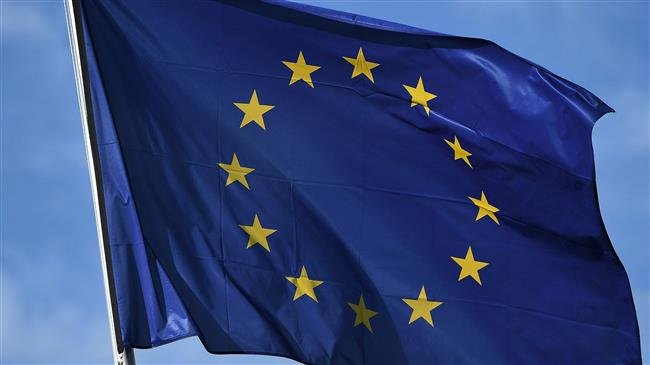
BRUSSELS (Reuters) – Ten European Union finance ministers want any unsustainable public debt in the euro zone to undergo restructuring, with losses imposed on the private sector, before a public bailout is organized, a joint position paper by the 10 ministers said.
It comes amid growing concern that spending by Italy, the euro zone’s third-largest economy, could trigger another debt crisis. Italy’s proposed budget includes greater borrowing and spending despite its public debt, which amounts to 133 percent of gross domestic product.
The paper was drafted for a meeting on Monday of all EU finance ministers except Britain’s, which will be devoted to changes to the euro zone bailout fund. It was signed by the Czech Republic, Denmark, Estonia, Finland, Ireland, Latvia, Lithuania, the Netherlands, Sweden and Slovakia.
Although it did not sign, Germany, the euro zone’s biggest economy, is of the same opinion and Austria is also sympathetic.
The 19 countries that share the euro have a bailout fund, the European Stability Mechanism (ESM), which is a lender of last resort to governments that have lost market access.
Talks are under way among the 27 countries that will remain in the EU after Britain leaves next year to give the ESM more powers to monitor economies so it can provide a bailout at short notice when a crisis hits.
“The current ESM treaty already recognizes the possibility of private sector involvement in exceptional circumstances and an amendment of the treaty should be used to reaffirm this principle,” the paper of the ministers said.
The ESM should verify the repayment capacity of the country before lending and restructure the debt if needed, it said.
“In the unlikely situation where strict conditionality alone could not reasonably be expected to restore adequate repayment capacity, financial assistance would only be granted after measures to improve debt sustainability, taken in cooperation with existing creditors,” it said.
The euro zone has so far helped organize only one debt restructuring, in Greece in 2012, to accompany a second bailout loan package for Athens.
But concern is growing over the planned debt increase in Italy, which already has 2.3 trillion-euro of public debt. Many euro zone officials say there is no political will to bail out such a huge economy should Rome lose market confidence.
